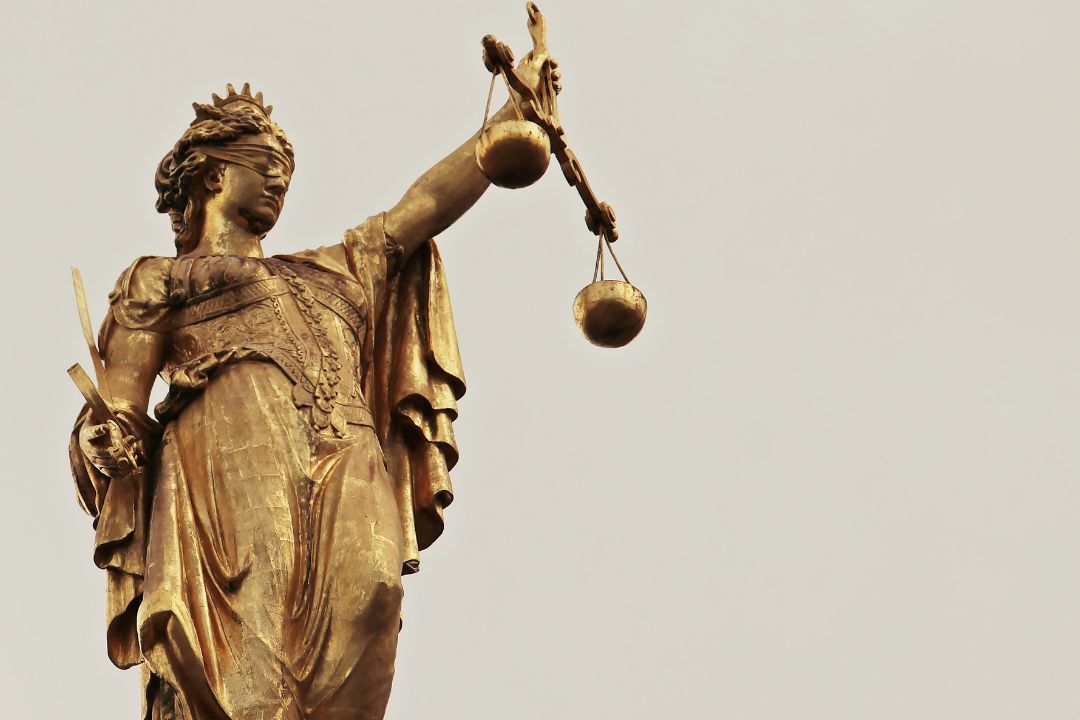Exploring the Ikoku with Hammer Japanese Bronze Sculpture
Introduction
Japanese bronze sculptures are a true testament to the country’s rich history and artistry. Among these unique works, the “Ikoku with Hammer” style stands out for its intricate details and meaningful symbolism. But what exactly is Ikoku with Hammer Japanese Bronze Sculpture with Hammer, and why has it become such an iconic art form in Japan? In this article, we’ll dive deep into the origins, techniques, and significance of this fascinating style of bronze sculpture.
What is Ikoku with Hammer?
Ikoku with Hammer refers to a specific technique used in the creation of Japanese bronze sculptures. The term “Ikoku with Hammer Japanese Bronze Sculpture” is often associated with a rough, hammered surface that gives the sculpture an organic and textural feel. The “Hammer” part of the name indicates the process by which the bronze is shaped and manipulated by hand-hammering. The result is a stunning piece of art that captures both the rawness and beauty of the material.
The History of Japanese Bronze Sculptures
Japanese bronze sculptures have a long and rich history that dates back to the 7th century. Bronze was initially used for religious statues, particularly during the Asuka and Nara periods, when Buddhism began to take root in Japan. Over the centuries, bronze became a favored material for a wide range of art, from monumental sculptures to smaller decorative pieces.
The Significance of Bronze in Japanese Art
Bronze was not just a practical medium; it was considered sacred in Japan. The process of crafting bronze sculptures was seen as a spiritual practice, and many works were created for temples or as offerings to deities. The use of bronze symbolized durability and eternal life, both of which were significant concepts in Japanese spiritual beliefs.
The Crafting Process of Japanese Bronze Sculptures
Creating a bronze sculpture is no easy feat. It involves an intricate process that requires both skill and patience. The main steps include creating a mold, casting the bronze, and then refining the surface Ikoku with Hammer Japanese Bronze Sculpture with tools. In the case of Ikoku with Hammer sculptures, a key part of the process is the hand-hammering technique.
Materials Used in Bronze Sculpting
Bronze is an alloy typically made from copper and tin, and sometimes includes additional elements like zinc or lead. The specific composition of the bronze affects the color, texture, and durability of the finished piece. In Japanese bronze sculpture, the careful selection of materials ensures that each piece has the right balance of strength and aesthetic appeal.
The Techniques Behind the Hammered Effect
To create the unique hammered look, artists use various types of hammers to strike the bronze surface. Each strike leaves an impression, gradually building up texture and depth. This process is not random; the artist carefully controls the force and angle of each strike to create patterns that enhance the sculpture’s form and meaning.
Understanding Ikoku in Japanese Art
Ikoku is a term that embodies more than just the physical technique of hammering. It represents a broader philosophical and artistic concept in Japanese culture. The term can refer to the rawness and authenticity found in nature, suggesting that beauty can emerge from imperfection.
The Symbolism of Ikoku
In Japanese art, Ikoku often symbolizes the connection between humanity and nature. The rough, hammered texture of the sculpture reflects the natural world’s imperfections, reminding us that beauty exists in every detail—whether it’s the irregularity of a leaf or the ruggedness of a mountain range.
Ikoku and Its Cultural Meaning
The idea of Ikoku resonates deeply in Japanese culture, where the appreciation of wabi-sabi (the beauty of imperfection) is central. This philosophy encourages the celebration of flaws and asymmetry, which is why hammered bronze sculptures are so deeply appreciated in Japan. They are seen as embodiments of both the struggle and beauty of life itself.
Hammered Bronze: A Unique Japanese Technique
Hammering bronze is a unique process in Japanese art, and it requires a specific set of skills. While many cultures have used casting and polishing techniques, the hammered effect remains a distinctive characteristic of Japanese bronze art.
The Hammering Process
The process begins with a solid bronze sculpture. The artist then uses various hammers to gently or forcefully strike the bronze, causing it to bend and ripple. This creates an intricate surface that captures light in fascinating ways, enhancing the visual and emotional impact of the piece.
Artistic Intentions Behind the Hammered Look
The hammering technique is not just for creating texture; it serves a deeper artistic purpose. The effect can symbolize weathering, aging, or the passage of time. It’s a reminder that nothing in life is permanent, and that beauty can be found in the passage of time, in the marks left behind by experiences.
Famous Examples of Ikoku with Hammer Sculptures
Several famous examples of Ikoku with Hammer sculptures have captivated art lovers and collectors for centuries. These pieces often showcase the mastery of the artist and the incredible level of detail that goes into crafting such an intricate design.
Iconic Works and Their Artists
One of the most famous Ikoku with Hammer sculptures is the “Bronze Kannon,” a serene representation of the Buddhist goddess of mercy. This piece is renowned for its intricate hammered surface, which brings a sense of movement and fluidity to the sculpture. The artist, known for their mastery in manipulating bronze, used the hammered technique to convey the goddess’s divine presence.
Modern Interpretations of Ikoku with Hammer
Though the hammered bronze technique has ancient roots, it continues to inspire contemporary artists. Many modern artists incorporate the Ikoku with Hammer style into their work, using it as a way to explore themes like environmental change, human connection, and the effects of time.
The Influence on Contemporary Artists
Today, many artists look to traditional Japanese techniques, like the Ikoku with Hammer style, to bring a sense of timelessness to their work. The hammered texture is often used to evoke feelings of nostalgia and emotional depth in modern art.
Preservation and Restoration
Preserving and restoring these masterpieces is an ongoing challenge. Over time, the bronze can corrode or become damaged, and skilled conservators must use traditional techniques to ensure the sculpture’s longevity. This process allows future generations to continue appreciating these timeless pieces of art.
Why Ikoku with Hammer Is Unique in Japanese Bronze Art
The Ikoku with Hammer style is unique because it combines the timeless medium of bronze with a technique that emphasizes texture and raw emotion. The hammered surface is more than just decorative; it adds layers of meaning to the sculpture.
The Cultural Relevance Today
In today’s world, the Ikoku with Hammer style remains an important part of Japanese culture. Its focus on imperfection and beauty continues to resonate in a society that values simplicity and natural beauty. Whether displayed in galleries or cherished in private collections, these sculptures serve as reminders of the enduring power of traditional Japanese craftsmanship.
Conclusion
The Ikoku with Hammer Japanese Bronze Sculpture with Hammer technique represents the soul of Japanese bronze sculpture. With its emphasis on texture, imperfection, and deep symbolism, it offers a unique perspective on the beauty of life and nature. Whether viewed through the lens of history or contemporary art, these hammered sculptures continue to captivate audiences around the world.
FAQ
1. What makes the Ikoku with Hammer style unique? The uniqueness of the Ikoku with Hammer style lies in its texture and the hand-hammering process that creates a raw, organic feel. The hammered surface symbolizes nature’s imperfections, making the art feel alive and dynamic.
2. How is the hammered effect achieved? The hammered effect is achieved by carefully striking the bronze with various hammers. The artist controls the force and angle of each strike to create patterns that enhance the sculpture’s form.
3. What cultural significance does Ikoku have? Ikoku represents the beauty of imperfection in Japanese culture, symbolizing the connection between humanity and nature. It aligns with the philosophy of wabi-sabi, which celebrates the beauty found in flaws and asymmetry.
4. Can Ikoku with Hammer sculptures be restored? Yes, skilled conservators can restore damaged Ikoku with Hammer sculptures using traditional techniques to preserve the texture and integrity of the bronze.
5. Are there modern artists who use the Ikoku with Hammer technique? Yes, many contemporary artists are influenced by the Ikoku with Hammer technique, incorporating it into their works to convey themes like time, change, and human connection.







